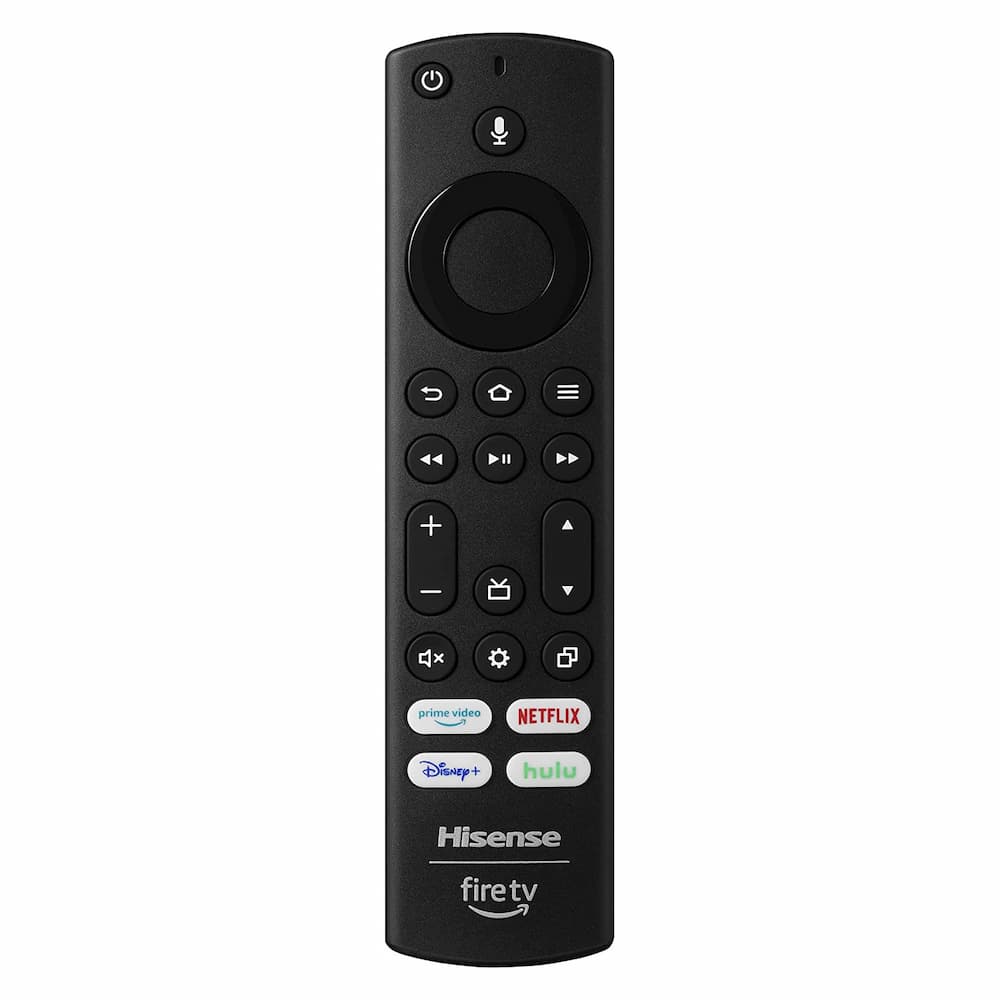
Google’s Android TV has long been competing for its place in the market, and in the United States it primarily goes against Roku and Amazon’s Fire TV. Most Android TV and Google TV partners also sell Roku models, but they’ve never mixed in with Fire TV. That changes now, as Hisense has launched its first Amazon Fire TV model.
The first Hisense smart TV (50U6HF) with Amazon’s Fire TV platform costs $529 and will start shipping later this month. The 4K TV carries a 50-inch panel at 60Hz with a relatively solid package on the whole; the TV has support for HDR including Dolby Vision, four HDMI ports, and a remote ready for Amazon Alexa.
However, the bigger story with this release is that it’s the first time an Android TV partner has released a model with Amazon Fire TV onboard.
If you look at other brands, such as TCL, you’ll only find Roku models alongside Android TV or Google TV in that brand’s lineup. Why? A couple of years ago, it was reported that Google’s terms of service require that Android TV partners do not also produce products with Amazon Fire TV. This is specifically due to the fact that Fire TV is built on top of Android, but a forked version of the operating system. The same requirement is also in place for Google’s smartphone partners on Android itself. At the time, an employee from one of Google’s partners said that the requirement was “completely unique” to the TV industry.
Hisense clearly isn’t done with Android TV OS, as the company announced a brand new Google TV lineup earlier this year. The company is currently starting to launch those models, mostly on the budget side, right now, with some already available in the United States.
The most likely scenario we can devise here is that Google has changed its terms, or that Hisense has struck a deal allowing the company to expand to the Fire TV fanbase.




9to5Google’s Take
Google’s requirement preventing Android TV and Google TV partners from using Fire TV could easily be viewed as anti-competitive, but it was a byproduct of the company’s standard Android requirements, mainly targeted at smartphones. Given the increased pressure Google is under for its requirements around Android, it would not be surprising to see the company loosen this requirement for TVs specifically, especially given it seems that sort of requirement is not common in the industry.
Still, this could be a slippery slope for Google’s platform growth. Google TV is still a relatively minor player in the United States. This requirement having held back Hisense, and especially TCL, from using Fire TV surely played a role in ensuring the company had an advantage. Both of these brands are extremely popular, and while Roku still dominates, eliminating Fire TV meant one less thing for Google to worry about.
But even with that in mind, it would be surprising to see TCL follow Hisense in adopting Amazon Fire TV, as TCL’s relationship with Google is far more important. TCL sells Android smartphones, and has seen quite a bit of growth in the US market. While Hisense does have a smartphone business, it’s not nearly to the same scale.
At a time where smart TV market share is more valuable than ever, this is certainly an interesting turn of events.
More on Google TV:
- Hisense adopts Google TV for its 2022 lineup with a mini-LED upgrade and more
- Android TV OS now has over 10,000 apps
- TCL Google TVs pick up a new update w/ performance improvements, April security patch
FTC: We use income earning auto affiliate links. More.



Comments